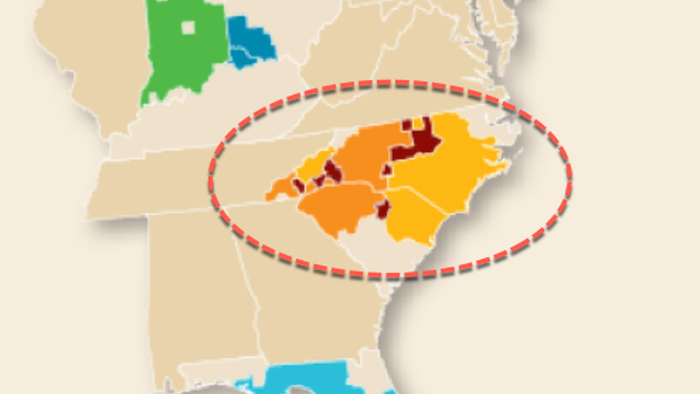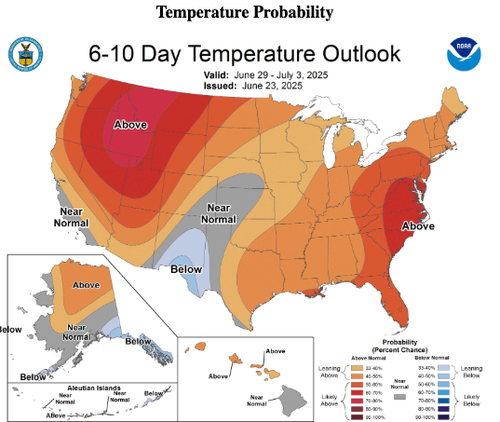


A massive heat dome is scorching the eastern half of the U.S., triggering widespread grid stress. The week began with emergency alerts across the Mid-Atlantic, including a multi-hour blackout in New York City's Queens borough as power demand surged. Now, the Southeast grid is under similar tight conditions. The Trump administration has declared a power emergency as millions blast air conditioning.
On Tuesday morning, the Department of Energy issued an emergency order under Section 202(c) of the Federal Power Act to prevent blackouts in the Southeast U.S. amid surging demand due to extreme heat. The order allows Duke Energy Carolinas to operate fossil fuel power generators at maximum capacity from early this morning through Wednesday, overriding 'green' rules to maintain grid stability and prevent a rolling blackout.
U.S. Secretary of Energy Chris Wright released a statement on X:
"As electricity demand reaches its peak, Americans should not be forced to wonder if their power grid can support their homes and businesses. Under President Trump's leadership, the Department of Energy will use all tools available to maintain a reliable, affordable, and secure energy system for the American people.
"This order ensures Duke Energy Carolinas can supply its customers with consistent and reliable power throughout peak summer demand."
Duke Energy, the power utility serving around 1.7 million customers across North and South Carolina, warned the DoE on Monday about tightening grid conditions that could lead to "isolated power outages."
What's transpired so far:
Just brutal...
The good news is that the Trump administration signed an executive order in early April to "strengthen the reliability" of the nation's power grid after years of de-growth green policies retired ultra-reliable fossil fuel generation in favor of unreliable solar and wind. This action comes amid soaring demand from AI data centers, electric vehicles, re-shoring, and broader electrification trends. It's time to shore up the grid to create more stability to bridge the gap until the nuclear renaissance expected in the 2030s.

